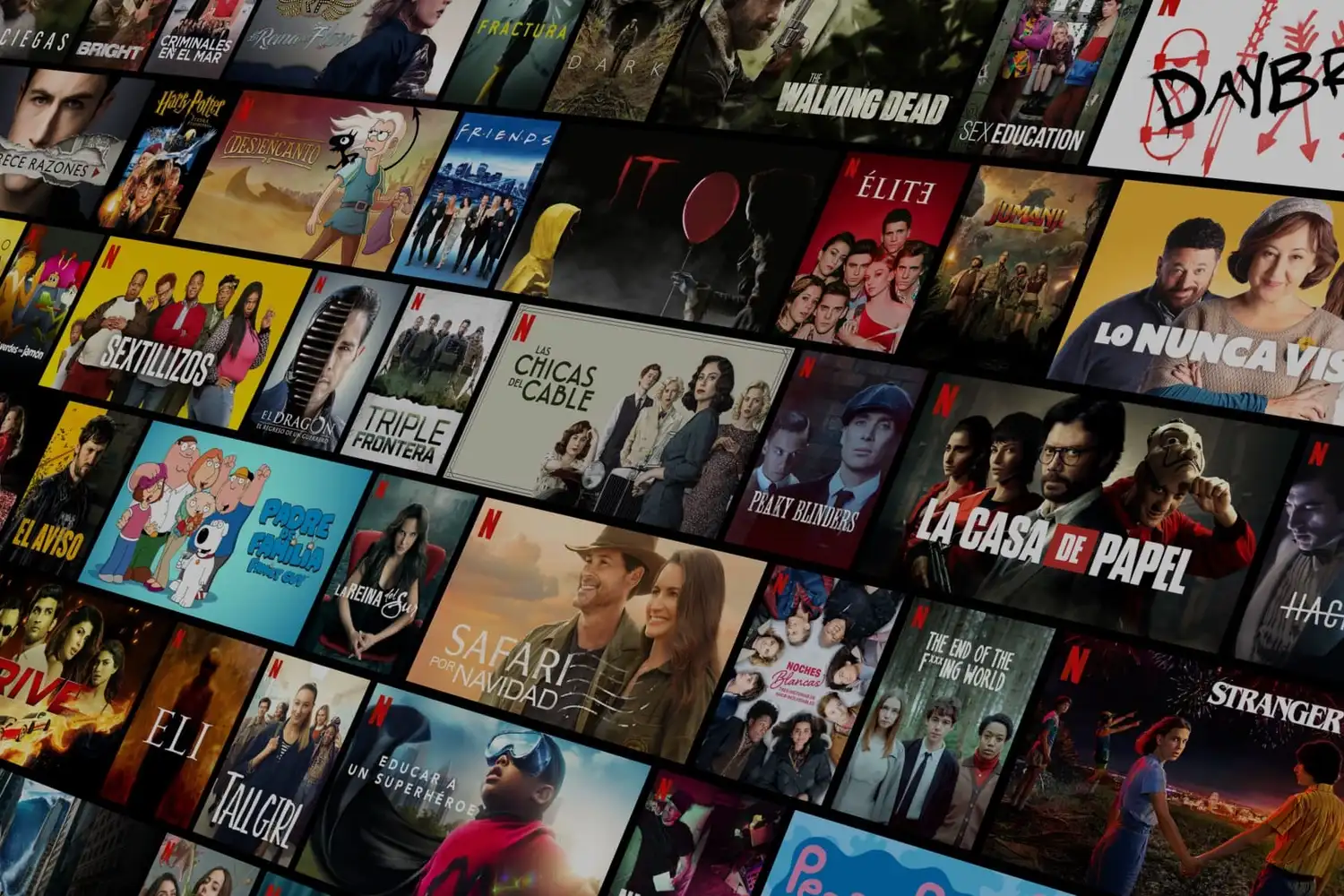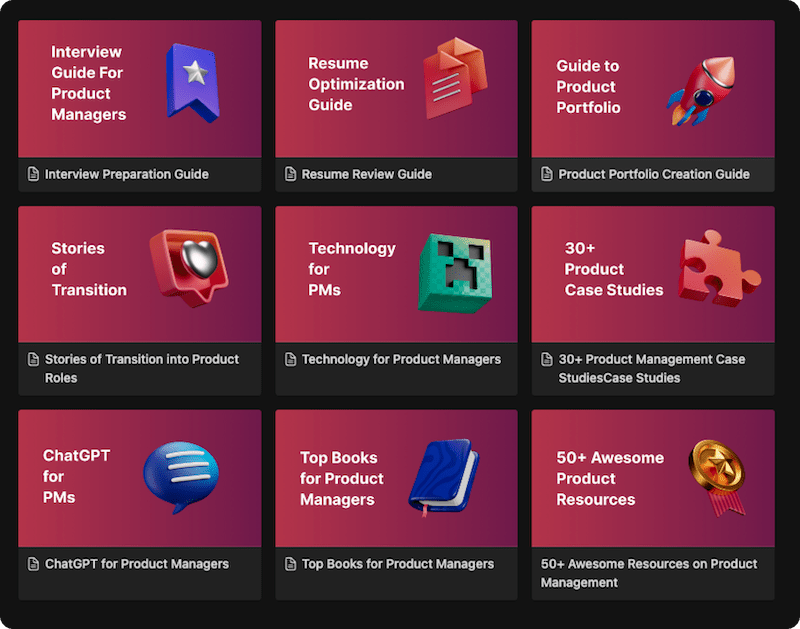Ever wondered how Netflix knows what you’ll watch next?
No, it’s not a mere coincidence. It is the magic of the AI-powered recommendation system that learns from your habits to serve spot-on suggestions. This AI-driven engine curates personalized suggestions for each user based on a rich mix of viewing behavior, content preferences, and contextual signals. Over 80% of all viewing activity on Netflix comes from these tailored suggestions.
Today, in this case study, we will break down how this powerful system works, what its algorithms are, the tech details behind the scenes, and the impact this system has.
So, ready to get into the nitty gritty, but before that, let’s get into the background of the popular OTT.
Background of Netflix’s Content Challenge
Netflix began in 1997 as a DVD rental service and, within a decade, evolved into a full-fledged streaming platform by 2007. As its content library rapidly grew, a new challenge surfaced: how to help users easily discover shows and movies they’d truly enjoy.
With thousands of titles available and over 260 million subscribers worldwide, it quickly became clear that personalization was no longer optional; it was critical. A generic, one-size-fits-all interface risked overwhelming users and diluting the viewing experience.
To solve this, Netflix invested heavily in building a personalized recommendation system- one that could intelligently adapt to each viewer’s unique tastes, preferences, and watching habits.
How Netflix’s Recommendation System Works?
Netflix’s recommendation system starts with a single, powerful question: What does each viewer want, even before they know it? To answer that, it taps into two rich sources of insight: user behavior and content metadata. Let’s break each of them down.
Data Collection
User Behavior: Netflix collects extensive data on user interactions, including:
- Viewing history: What a user watches, including the duration and frequency.
- Ratings: User ratings for watched content.
- Search queries: What users search for on the platform.
- Browsing behavior: Navigation patterns, click-through rates, and scroll depths.
- Interaction timestamps: When content is watched (time of day, day of the week).
Content Metadata: This includes detailed information about the content itself:
- Genre, sub-genre, and micro-genres.
- Cast, director, and crew information.
- Release year and content duration.
- User-generated tags and descriptions.
- Detailed synopsis and themes.
Algorithms and Techniques
Netflix uses a combination of classic and cutting-edge machine learning methods:
Collaborative Filtering
- User-Based Collaborative Filtering: Recommendations are made based on the preferences of similar users. If User A and User B have similar viewing habits, content enjoyed by User A is likely to be recommended to User B.
- Item-Based Collaborative Filtering: This method looks at the relationship between items. If two items are often watched together, they are likely to be recommended in tandem.
- Matrix Factorization: Techniques like Singular Value Decomposition (SVD) break down large matrices (user-item interactions) into lower-dimensional spaces to uncover latent factors that influence preferences.
Content-Based Filtering
- This method recommends content similar to what a user has watched in the past. For instance, if a user enjoys science fiction movies, the system suggests more titles in the same genre.
- Natural Language Processing (NLP): Used to analyze and understand the content metadata and user reviews to extract meaningful features.
Deep Learning and Neural Networks
- Convolutional Neural Networks (CNNs): Used for image processing, helping to analyze and recommend based on video frames and thumbnails.
- Recurrent Neural Networks (RNNs) and Long Short-Term Memory Networks (LSTMs): Effective in capturing temporal patterns in viewing behavior, making predictions based on sequential data.
- Variational Autoencoders (VAEs) and Generative Adversarial Networks (GANs): Used for generating new content recommendations by learning complex distributions of user preferences.
Bandit Algorithms
- Multi-armed bandit algorithms are employed for exploration-exploitation trade-offs, balancing between recommending popular content and exploring less-known titles that might interest the user.
- Contextual Bandits: Incorporate context (e.g., time of day, user device) to make more informed recommendations.
Learn more about Netflix’s research in this Netflix Research article on Recommendations.
Personalization Features on Netflix
Netflix’s personalization extends beyond just what content to recommend: it also shapes how the content is presented. From homepage layout to visuals and timings, every touch point is thoughtfully tailored to enhance the viewers’ experience:
- Homepage Rows: No two users see the same homepage. Netflix dynamically curates rows like “Because You Watched,” “Top Picks,” or “Continue Watching,” with both the content and the row order adapting in real time to reflect users’ interests and recent watches.
- Artwork Personalization: The personalization doesn’t just stop at the homepage layout; even the thumbnail images are customized. For the same show or movie, different users may see completely different artwork- one highlighting romance, another emphasizing action or humor, depending on what themes have resonated most in their past viewing.
- Contextual Recommendation: Lastly, Netflix also considers the when and how of your watch list. For instance, if you’re watching late at night, then Netflix may recommend shorter content or some familiar shows. But say, you opened Netflix on weekends, then expect deeper recommendations that have some sorta long-form storytelling.
Technical Infrastructure and Architecture
Netflix’s recommendation engine is powered by a robust, scalable architecture:
Technical Architecture
1. Data Pipeline
- Data Ingestion: Massive amounts of data are ingested from various sources (user interactions, content metadata) in real-time.
- Data Storage: Data is stored in distributed systems like Apache Cassandra and Amazon S3 to handle scale and ensure durability.
- Data Processing: Apache Kafka is used for real-time data streaming, while Apache Spark and Flink handle batch and stream processing.
2. Model Training and Deployment
- Feature Engineering: Complex features are engineered from raw data, such as user embeddings, content embeddings, and temporal features.
- Model Training: Models are trained on distributed computing frameworks like TensorFlow, PyTorch, and Horovod, leveraging GPU clusters.
- Model Deployment: Trained models are deployed using containerized environments (Docker, Kubernetes) to ensure scalability and reliability.
- Continuous Learning: The system continuously learns from new data. Online learning algorithms and incremental training approaches are used to keep models updated.
3. Scalability and Performance
- Netflix employs a microservices architecture to handle different aspects of the recommendation system. This ensures modularity and ease of maintenance.
- Load balancing and caching strategies are implemented to handle high traffic volumes and ensure low latency in serving recommendations.
Evaluation and Testing
Netflix employs extensive A/B testing to evaluate the effectiveness of its recommendation algorithms. Different versions of the recommendation system are tested with various user segments to determine which version improves user engagement and satisfaction the most. Key metrics include:
- Click-Through Rate (CTR): Measures how often users click on recommended content.
- View Duration: Tracks how long users watch the recommended content.
- User Retention: Analyzes the impact of recommendations on subscription renewals.
Impact on User Experience and Business
1. Increased User Engagement
Personalized recommendations keep users watching longer, reducing churn and increasing subscription longevity. Over 80% of viewing comes from personalized recommendations. Users spend less time searching and more time watching, improving retention.
2. Content Discovery
The recommendation system helps surface lesser-known titles, ensuring that even niche content finds its audience. This helps in maximizing the return on investment for all content acquired or produced.
3. Operational Efficiency
By accurately predicting user preferences, Netflix can make better-informed decisions about which new content to acquire or produce, optimizing content spend.
4. Customer Satisfaction
Personalized experiences lead to higher customer satisfaction, reflected in positive reviews and word-of-mouth referrals.
Challenges and Future Directions
- Data Privacy: Collecting and using personal data responsibly is crucial. Netflix ensures user data is anonymized and used ethically.
- Diverse Preferences: Balancing the diverse tastes of a global audience remains a challenge. Continuous improvements in localization and personalized algorithms are needed.
- Algorithmic Bias: Ensuring that recommendation algorithms do not reinforce existing biases is essential. Netflix works to maintain fairness and diversity in recommendations.
- Real-Time Personalization: Enhancing real-time personalization to provide instant recommendations based on immediate user actions and changing contexts.
Conclusion
Netflix’s recommendation system is one of the most advanced in the world. By combining behavioral data, content metadata, and AI techniques, it delivers a hyper-personalized experience that keeps users engaged and satisfied.
From CNNs analyzing thumbnails to contextual bandits suggesting what to watch next, the depth of Netflix’s personalization engine reflects its core mission: to connect members with stories they’ll love faster and smarter.
As AI and machine learning continue to evolve, Netflix will remain at the forefront of innovation in personalized content delivery. Because at Netflix, personalization isn’t a feature- it’s a complete product. And every scroll, click, and watch only makes it smarter.
Frequently Asked Questions (FAQ’s)
Q1: How does Netflix recommend shows to users?
Netflix uses a combination of collaborative filtering, deep learning, and contextual algorithms to predict what users will enjoy based on past behavior and metadata.
Q2: What role does AI play in Netflix recommendations?
AI powers the entire personalization engine, right from learning user preferences to choosing thumbnails and surfacing titles in real-time.
Q3: Does Netflix personalize the homepage for every user?
Yes, each user’s homepage layout, row arrangement, and thumbnails are personalized based on individual viewing history and engagement patterns.
Q4: What is artwork personalization?
Artwork Personalization means tailoring the poster image of a title so that each user sees the version most likely to grab their attention.
Q5: Where can I read more about Netflix’s recommendation research?
Check out Netflix’s official research page and the Netflix Tech Blog on Medium.
Sources
- Netflix Tech Blog. “Netflix Recommendations: Beyond the 5 stars (Part 1).” Medium, 6 April 2017. Netflix Tech Blog.
- Amatriain, Xavier, and Justin Basilico. “Netflix Recommendations: Beyond the 5 stars (Part 2).” Medium, 20 June 2012. Netflix Tech Blog.
- Gomez-Uribe, Carlos A., and Neil Hunt. “The Netflix Recommender System: Algorithms, Business Value, and Innovation.” ACM Transactions on Management Information Systems (TMIS), vol. 6, no. 4, 2015, pp. 13-20.
- “How Netflix’s Recommendations System Works.” Netflix, 2021. Netflix Help Center.
- “Netflix Personalization Explained.” Netflix Research, 2020. Netflix Research.
- Zhou, Y., Wilkinson, D., Schreiber, R., & Pan, R. “Large-Scale Parallel Collaborative Filtering for the Netflix Prize.” Lecture Notes in Computer Science, 2008.
- Sedhain, S., Menon, A. K., Sanner, S., & Xie, L. “Autorec: Autoencoders Meet Collaborative Filtering.” Proceedings of the 24th International Conference on World Wide Web, 2015.
- Koren, Y., Bell, R., & Volinsky, C. “Matrix Factorization Techniques for Recommender Systems.” Computer, vol. 42, no. 8, 2009, pp. 30-37.

 WATCH HELLOPM COHORT IN ACTION
WATCH HELLOPM COHORT IN ACTION


